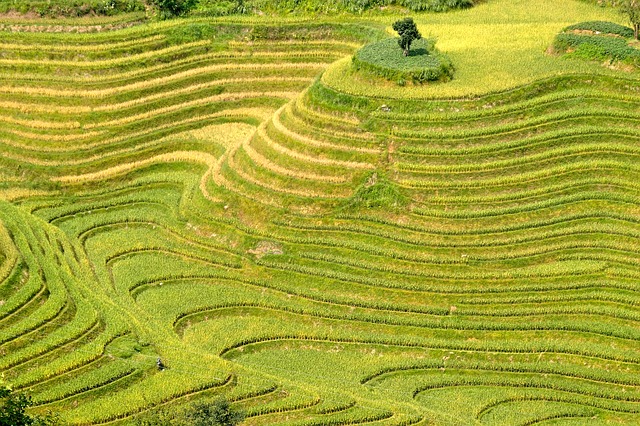Increasingly high carbon dioxide levels in the world today could have a surprising effect on food crops, stripping them of key nutrients. This could lead to more people suffering from malnutrition, a study says.
In 2014, a team of researchers from Harvard’s School of Public Health conducted a study that showed how higher levels of carbon dioxide in the atmosphere put the protein, iron and zinc content of food crops such as rice, wheat and peas at risk, NPR reports.
Samuel Myers, environmental health researcher and lead author on that study, wanted to find out what those changes might mean for the rest of the world. He and colleagues built a database listing the foods people ate in each country, along with the nutrient content of those foods. The database contains the “per capita consumption of 225 foods for 152 different countries,” and factors in differences in diets based on age and gender.
The information allowed the researchers to calculate the number of people in each country that are not receiving enough of certain nutrients. With this, they could estimate changes in the protein and iron content until 20150.
Two studies were published as a result. One projects that the predicted decrease in protein content may put around 150 million people at risk of suffering from protein deficiency by 2050. The other study discovered that the iron supply from food crops could drop significantly in high-risk areas.
Wheat and rice are not high in protein, but close to 75% of the world relies on them as “primary protein sources,” according to the UN Food and Agriculture Organization. As such, any reduction in protein from these crops can produce health problems, particularly for those living in low income countries.
Protein deficiency is known to lead to low birth weight, stunting growth and development. Eighteen countries in Asia and Africa stand to lose more than 5% of their dietary protein, the study said.
On the bright side, legumes are expected to be more resistant to these changes in protein content. Myers said,
Diets that are rich in those pulses would be protected in both ways — they’d already be higher in protein and they’d be less sensitive to higher carbon dioxide [in the atmosphere].
Regarding iron deficiency, 354 million children under the age of five, and around one billion women of child-bearing age live in countries where iron content in food is expected to fall by over 3.8%.
Iron deficiency is the most common cause of anemia, and there are already two billion people worldwide suffering from the condition, according to the World Health Organization. A lack of iron can also lower children’s IQ and prevent growth.
Myers offers some potential solutions, such as developing crop varieties that have higher nutrient contents. Providing subsidies for more nutrient-rich grains may also help make the crops more affordable, and reduce the impending negative health effects.
The results of the study were published in Environmental Health Perspectives and GeoHealth.
























